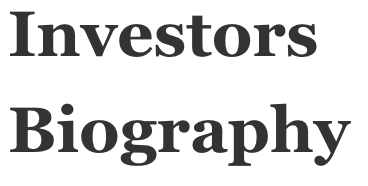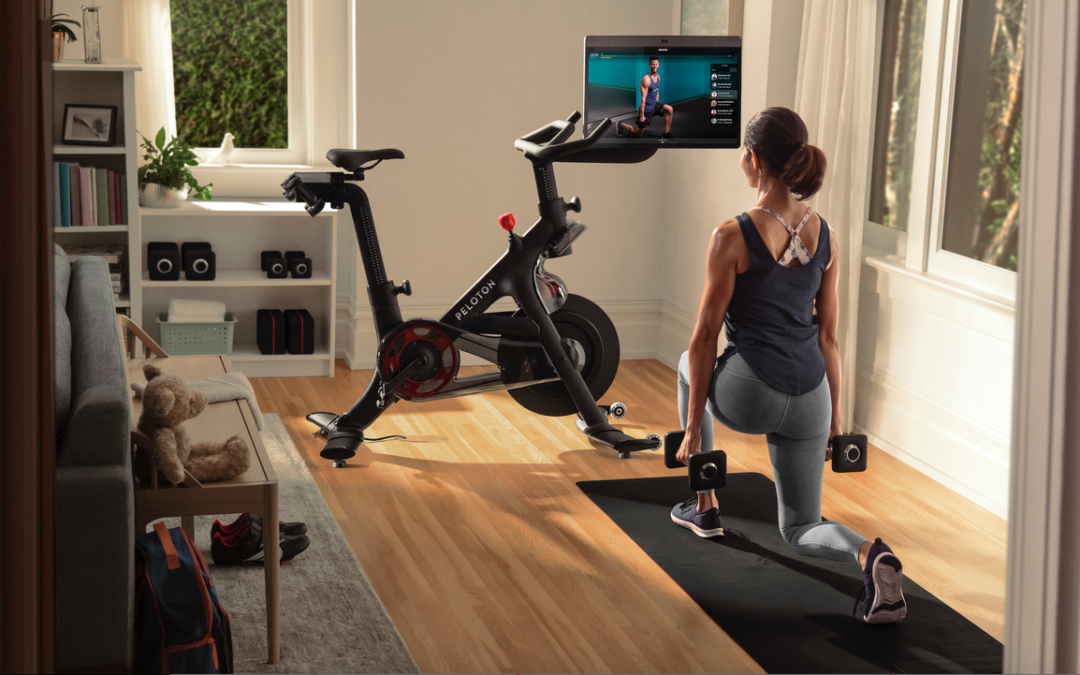John Foley is an American entrepreneur best known as one of the cofounders of Peloton. Under his leadership, the remote-fitness startup grew into a household name, making him a billionaire in the process. He left Peloton when the company’s growth stagnated but has since gone on to establish another direct-to-consumer business.
Early Life and Education
Born in 1971, John Foley spent much of his youth in Texas before moving with his family to the Florida Keys. His father was a commercial airline pilot who had served in Vietnam, and his mother was a stay-at-home mom.
His introduction to fitness came at the age of 13. He was not a natural athlete, but he learned that staying healthy required exercise. He started running and participated in races as a teenager.
Foley attended college at the Georgia Institute of Technology (Georgia Tech), where he majored in industrial engineering. He paid for his studies in part by working at a Mars factory that made Skittles and Starburst. Despite being committed to fitness, he admits he still indulges in the candies today.
Business School and Pre-Peloton Career
Foley graduated from Georgia Tech with honors in 1994. He remained with Mars, working as a production shift manager, before joining CitySearch.com as director of operations. After two years with the online urban guide, he left to attend Harvard Business School. In keeping with his commitment to fitness, Foley played on a section basketball team on his way to earning his MBA from Harvard.
Following graduation in 2001, he took on roles with Ticketmaster and Evite.com. In 2005, he made his first foray into entrepreneurialism when he founded the online-shopping platform Pronto.com.
Foley established another company, Proust.com, in 2010, then joined Barnes & Noble. As the president of e-commerce at Barnes & Noble from 2010 to 2012, he helped to bring the Nook e-reader to the market. The experience he developed over his career to this point would prove vital in launching his next venture.
Founding Peloton
That venture was Peloton. The idea for the exercise-bike business began formulating after Foley and his wife, Jill, whom he describes as an even bigger fitness enthusiast than he is, had children.
The couple enjoyed attending studio-cycling classes but, as parents, were finding it increasingly difficult to find the time. Foley imagined a way to bring the studio-cycling experience into the homes of people who, like him, were too busy to get to the gym.
He subsequently left Barnes & Noble and, along with several cofounders, launched Peloton in 2012. In the company’s earliest days, Foley and his team focused on ensuring the technology for the bikes was exactly right.
Peloton’s staff was largely male at this time, so Foley, as CEO, consulted with Jill on product design to ensure the bikes were comfortable and suitable for women. An attorney, Jill would later build the company’s clothing business in her role as vice president of apparel.
In 2013, seeking funding but finding no luck with institutional investors, Peloton posted a video on Kickstarter. The campaign attracted $307,000 in seed money, allowing the company to open its first store in New Jersey’s Short Hills Mall. Foley himself worked there on Sundays selling the company’s products. In a November 2018 Wall Street Journal article, he says that he had personally sold 1,000 Peloton bikes.
Despite the money from the Kickstarter campaign, other funding sources continued to prove difficult to find. In Peloton’s first three years of operations, institutional investors repeatedly passed on investing in the company, believing it was unrealistic that Foley and his team could manage the many facets (e.g., manufacturing, logistics, software design, and content creation) of the home-exercise business.
Peloton’s Explosive Growth and Subsequent Decline
Raising money from angel investors similarly proved challenging. Eventually, however, Foley successfully pitched enough of these wealthy individuals to attract $10 million in funding. Sales of Peloton bikes steadily improved over 2014, the same year the company opened a New York City recording studio for its instructors. Another $105 million in funding arrived throughout 2015, allowing Peloton to open new showrooms and hire more software engineers.
As time went on, the company continued to expand, growing to 1 million members by 2018. Peloton went public in 2019, and by early the following year, it had over 1.6 million members. Meanwhile, it maintained 70 retail locations around the world.
As the COVID-19 pandemic swept across the planet in 2020, Foley’s company was uniquely well positioned to cater to a market of consumers who were suddenly stuck at home. Peloton’s growth exploded over this time, with shares of the company increasing by 350 percent between mid-March and mid-September of 2020. By October, the company boasted more than 3 million members, and Foley himself became a billionaire.
Unfortunately for him, his company’s growth proved unsustainable. The skyrocketing demand for Peloton’s products, which had spurred the fitness business to rapidly expand its staff and infrastructure, leveled off as lockdowns eased and people returned to their pre-pandemic lives. Following a hiring freeze in November 2021, Pelton’s stock crashed, and Foley fell from the ranks of the world’s billionaires.
In February 2022, he announced his resignation as CEO. Foley admitted to mistakes in his leadership during the pandemic. Replaced as CEO by former Netflix and Spotify executive Barry McCarthy, Foley retained his position as executive chair before also resigning from that role in September 2022.
From Bikes to Rugs
Following his exit from Peloton—which, despite its declines, reported revenue of $3.58 billion in the fiscal year 2022—Foley quickly turned to a new venture. Joining with two of his fellow Peloton cofounders, he launched Ernesta in November 2022.
Under Foley’s leadership as CEO, Ernesta will sell custom-cut rugs directly to consumers. Unlike the early fundraising struggles of Peloton, Ernesta launched with $25 million from venture capital firms, some of which had previously backed his former venture.

